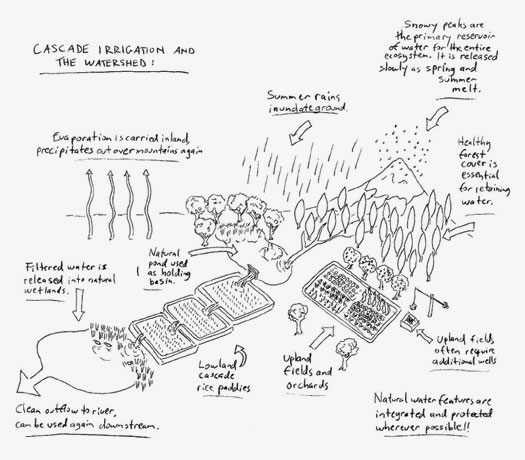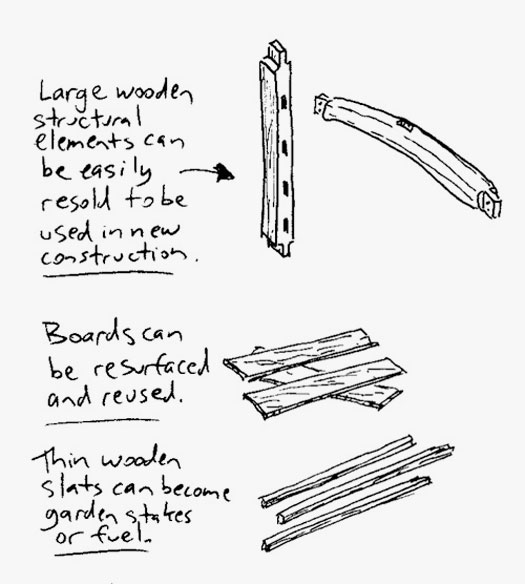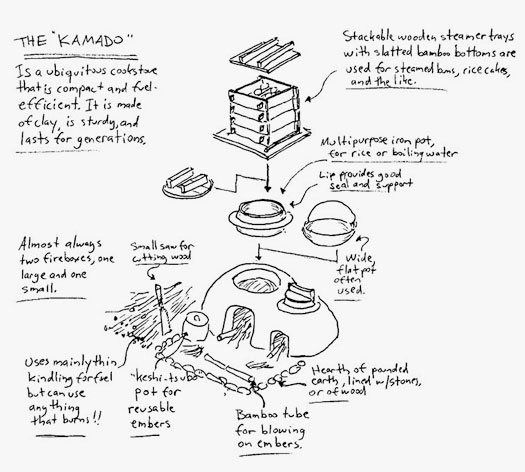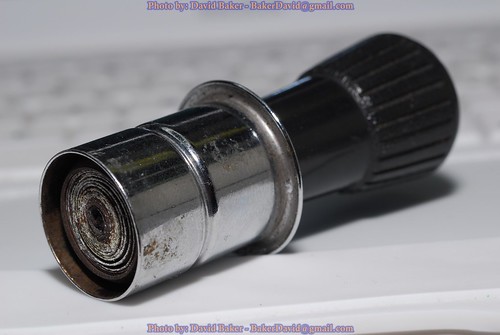There are a few books and authors whose messages have resonated with me lately. I haven't stopped to consider what they have in common with each other or with my own interests until recently.
The books / authors are:
I've put together a picture of the key messages I took from each and how I see them as relating to each other.
Prof Griffith has a very useful model (
TOP Management) for thinking about how business problems are solved most effectively by considering them in the context of Technological capabilities, Organizational structures and limitations and People's capabilities and motivations. I have used this as the overlay for my model.
Dan Pink has convincingly described how intrinsic motivation is key to increased productivity in the new work world. Central to fostering intrinsic motivation (Type I work) are mastery seeking behaviors, personally meaningful purpose and autonomy of task, time and team.
Seth Godin takes a slightly different approach to looking at motivation and the new world of work through the concept of the "linchpin." This is a person who, through mastery of subject (his "superpower"), through his ability to define his own roadmap regardless of outside pressures to "just do his job" and through his ability to motivate and lead teams towards those ends, becomes essential to the organization.
Peter Senge provides a framework derived from
System Dynamics that emphasizes many of the same mastery and purpose aspects as previously mentioned though through a different len
s: Personal Mastery (forever accepting that there is more to know), Mental Models (understanding that you have models in your head and that they may be incomplete or wrong) and Shared Vision (ensuring that everyone is basically working towards the same goals). He also emphasizes Dialog (real trading of ideas rather than just defending your own) and Team Learning (practicing for and reflecting on scenarios, not just reacting to them) as important organizational practices.
These disciplines sit on top of the discipline of
systems thinking (the 5th discipline). Which Senge elaborates on to define as the analysis of how the parts relate to each other and thereby create the whole; often with unintended, but predictable, side-effects. This provides a nice link back to Prof Griffith's TOP management model which is, essentially, a systems model.













